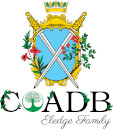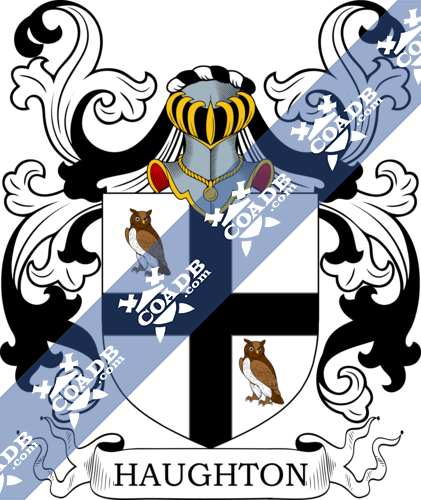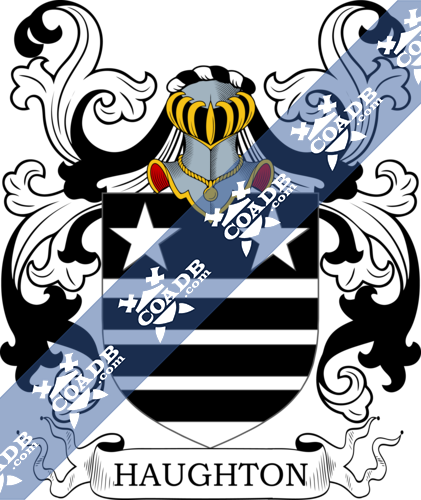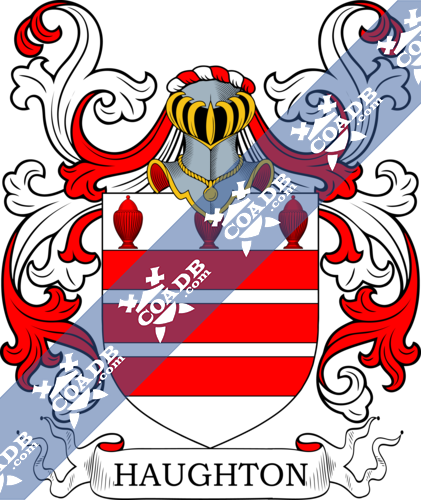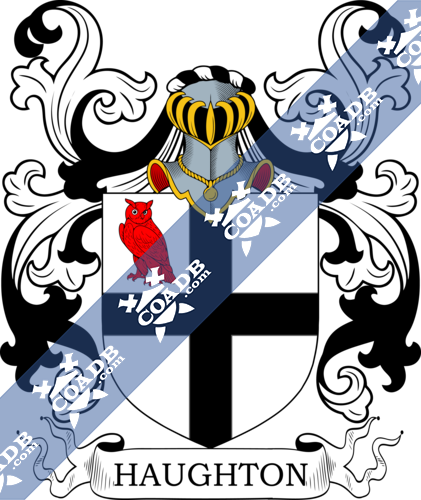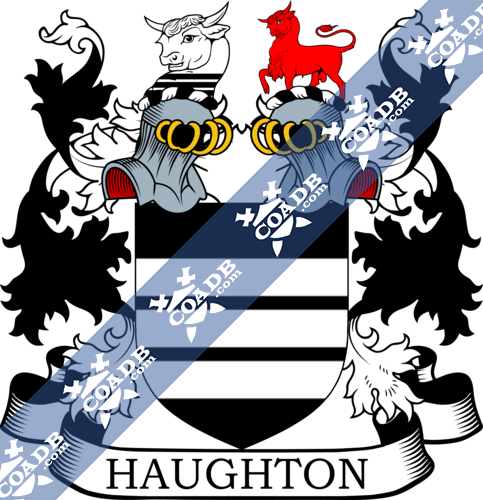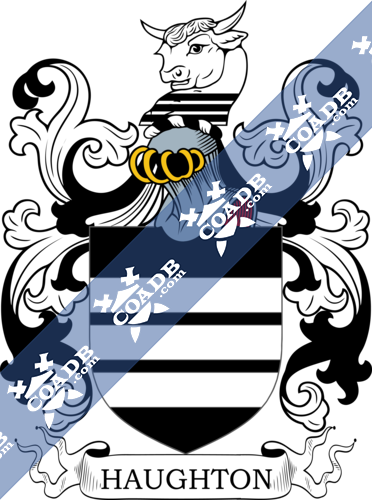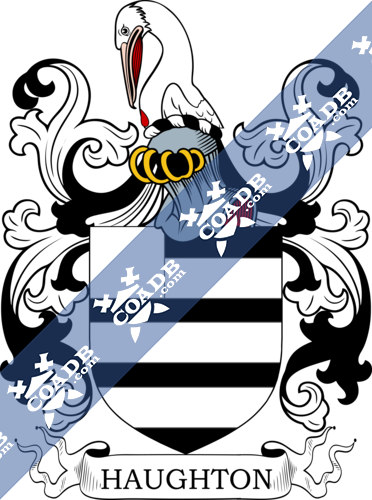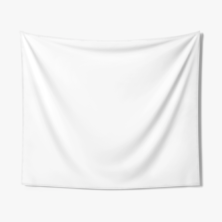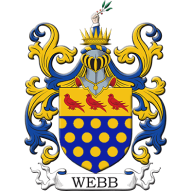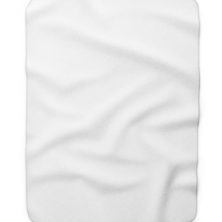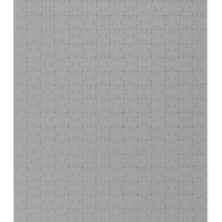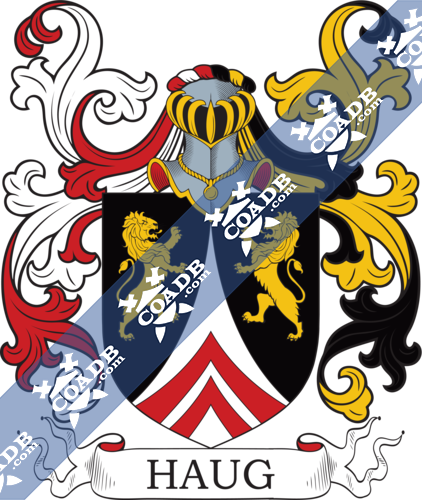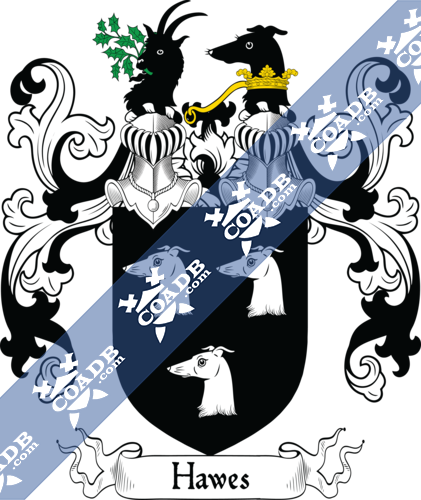Haughton Family Crest, Coat of Arms and Name History
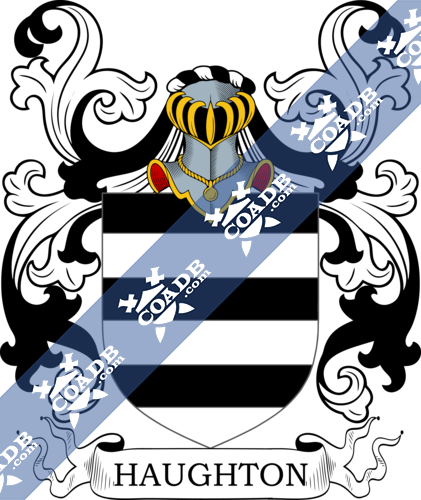
Haughton Coat of Arms Gallery
Don’t know which Coat of Arms is yours?
We can do a genealogical research. Find out the exact history of your family!
Learn MoreHaughton Origin:
England, Scotland, Ireland
Origin of Haughton:
Listed as Haughan, sometimes as Haughin, Haughian, and Haughhan, and most commonly as Haughton. It is related to many countries and also a difficult surname. It can be English, Scottish or Irish and has appeared in all three countries and all formations. It is considered that Haughton was frequently English and geographical from different places named as Haughton in the division of Cheshire, Durham, Lancashire, Northumberland, Shropshire, and Staffordshire. If so, it acquires before the 7th-century word,” huau”, which means a corner or Dale, and ‘-tun,’ a village or settlement. Haughton in Nottinghamshire appears in the famous Domesday Book of 1086 as ‘Hoctun.’ The Haughan’s, Haughin’s, Haughian’s or Haughton’s in Ireland may be the ancestors of English settlers, or of Gaelic ancestry, and so that Irish or Scottish. If so the basic form was perhaps O’ hEachain or MacEachan, which means the male descendant (O’) or son (Mac) of Eachan, a holy person of the 8th century. Previous examples of documentations contain as Desmond Haughton, who was given sixteen hundred acres’ land in South Wexford in the year 1600, Richard Haughhan named at St. Giles Cripplegate, City of London, in November 1629. While Mary Haughin or Haughlin at the age of 15, given as being an unmarried woman, was a traveler on the ship Reliance of Liverpool. This ship departed from Liverpool bound for New York in May 1846.
Variations:
More common variations of this surname are: Haughaton, Haughtono, Haughyton, Haughtone, Haughtonw, Hughton, Haghton, Houghton, Haighton, Haughten.
England:
The name Haughton first appeared in Cheshire at Haughton (or Haughton Moss), a hamlet and a local church. This Hamlet is by far the largest of the recordings of the place name in England.
The very first recording spelling of the family was shown to be that of Edward Haughhan who married Elizabeth Anthony, at St. Dunstan’s Stepney, in November 1574. It was during the time of Queen Elizabeth 1st, who was known to be the “Good Queen Bess”, 1558 – 1603. The origin of surnames during this period became a necessity with the introduction of personal taxation.
United States of America:
Individuals with the surname Haughton settled in the United States in three different centuries respectively in the 17th, 19th, and 20th. Some of the people with the name Haughton who settled in the United States in the 17th century included Henry Haughton arrived in Salem, Massachusetts in 1629. Thomas and Robert Haughton settled in Virginia in the same year 1635. Gerard Haughton settled in Barbados in 1639. George Haughton settled in Maryland in 1660.
Some of the people with the name Haughton who settled in the United States in the 19th century included A. Haughton at the age of 21, who emigrated to the United States, in 1895.
Some of the people with the name Haughton who settled in the United States in the 20th century included Bridget Haughton at the age of 22 landed in America from Headford, Co. Kerry, Ireland, in 1906. Edmond Haughton, who settled in America, in 1906. Dora Haughton at the age of 29, who moved to the United States from Manchester, England, in 1908. Charles Haughton at the age of 20, who settled in America from Carrigallen, Ireland, in 1909. Annie Haughton at the age of 16, who landed in America from Ahaseragh, Ireland, in 1909.
Australia:
Some of the people with the name Haughton who settled in the Australia in the 19th century included Mary A. Haughton at the age of 10, arrived in South Australia in 1853 aboard the ship “Magdalena.”
New Zealand:
Some of the people with the name Haughton who settled in the New Zealand in the 19th century included W. H. Haughton arrived in Auckland, New Zealand aboard the ship “Asterope” in 1870. Joseph Haughton arrived in Wellington, New Zealand aboard the ship “Lorraine” in 1879.
Here is the population distribution of the last name Haughton: Jamaica 4,176; United States 4,083; England 2,909; Canada 775; South Africa 511; Ireland 491; Honduras 444; Australia 375; Scotland 144; Panama 114.
Notable People:
Aaliyah (1979–2001), was an American musician and actress.
Billy Haughton (1923–1986), was an American tackle driver.
Colin Haughton (born 1972), is an English badminton singles player from Denton near Manchester.
Chris Haughton (born 1992), is a Canadian manager.
Chris Haughton was an Irish artist.
Greg Haughton (born 1973), is a Jamaican track sportsman.
Blazons & Genealogy Notes
1) (Haughton, co. Chester). Sa. three bars ar. Crest—A bull’s head couped ar. charged on the neck with three bars sa.
2) (cos. Chester and Lancaster). Barry of six sa. and ar.
3) (Beckbury, co. Salop). Ar. a cross sa. in the first and last quarters an owl ppr.
4) Sa. three bars and a canton ar. Crest—A pelican’s head and neck vulning itself ppr.
5) Ar. three bars sa. on a chief of the second two mullets of the first.
6) Ar. three bars gu. in chief three covered cups of the second.
7) Ar. a cross sa. in the chief dexter quarter an owl gu.
